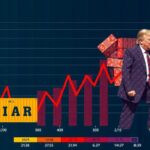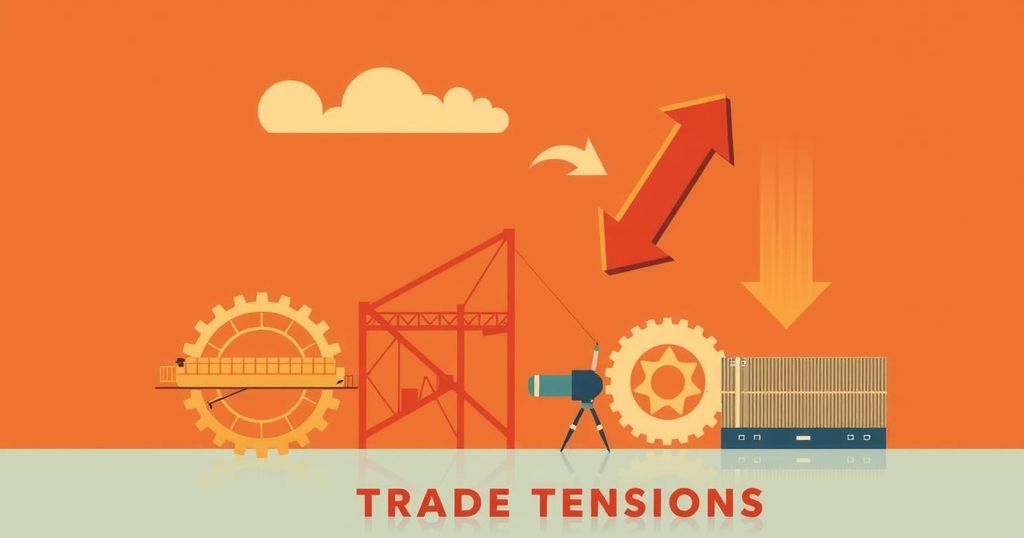Analysis of Trump’s Executive Orders on Tariffs and Their Implications
President Trump enacted executive orders to impose tariffs, aiming to combat illegal immigration and fentanyl trafficking. The orders include a 25% tariff on Canadian and Mexican imports and a 10% tariff on Chinese goods, justified under economic emergency powers. The tariffs risk economic retaliation and potentially greater domestic costs, while Congress has limited ability to intervene. The administration has yet to define terms for lifting these tariffs, leaving the ultimate decision to the President’s discretion.
President Donald Trump has enacted a series of executive orders imposing significant tariffs on imports from Canada, Mexico, and China. These tariffs aim to address issues related to illegal immigration and the trafficking of fentanyl, sparking immediate economic turmoil and potential retaliatory measures from affected nations. The tariffs, effective immediately, comprise a 25% increase on imports from Canada and Mexico, while a 10% additional tariff targets Chinese goods.
Fundamentally backed by the International Emergency Economic Powers Act of 1977, these orders declare an economic emergency justifying such tariffs as a response to perceived threats. While these taxes impose burdens on foreign imports, they are ultimately a domestic tax increase shouldered by U.S. consumers and companies importing goods.
Trump’s justification for the tariffs centers on illegal drug trade and national security concerns, despite evidence indicating decreasing unauthorized crossings from Mexico and lower fentanyl seizures. His stance reflects a broader belief in tariffs as a mechanism for enhancing U.S. economic strength, despite concerns over increased costs for consumers.
The potential for the tariffs to escalate remains open, with the executive orders allowing for adjustments should Canada or Mexico retaliate. This discretionary power allows the President to modify tariffs as dictated by international responses. In addition, the “de minimus” clause indicates that low-value imports under $800 will not be exempt from tariffs, further broadening the reach of these measures.
Congress has limited power to impede these executive actions, necessitating new legislation for any changes, though oversight responsibility remains. The administration has yet to establish clear criteria for lifting these tariffs, resting the decision heavily on presidential discretion in consultation with relevant departments.
The imposition of tariffs by President Trump has ignited discussions surrounding their intended purpose and economic impact. Using the International Emergency Economic Powers Act, these orders were enacted rapidly, illustrating the executive branch’s capacity to invoke significant economic changes without congressional consent. The impact on U.S.-Canada-Mexico relations, as well as on the broader U.S. economy, is complex, with both immediate reactions and longer-term consequences under scrutiny. In recent years, issues such as unauthorized immigration and substance abuse have become focal points in U.S. policy discussions, showcasing the intersection between trade, security, and public health. Evaluating the efficacy and legitimacy of these tariffs involves assessing international responses, domestic economic ramifications, and the potential for changes in future legislation.
In summary, President Trump’s executive orders imposing tariffs on imports from Canada, Mexico, and China encapsulate his administration’s approach to addressing illegal immigration and drug trafficking through economic measures. These tariffs, while framed as tools for enhancing national security, risk significant economic fallout through retaliatory tariffs, impacting consumers and businesses domestically. The ongoing dialogue surrounding tariff implementation, congressional action, and international response will shape the future of trade relations and economic stability in the United States.
Original Source: apnews.com








Post Comment